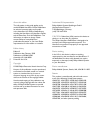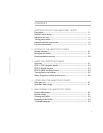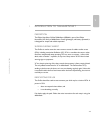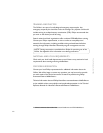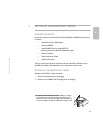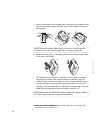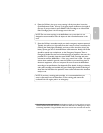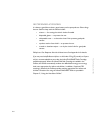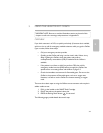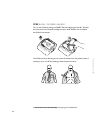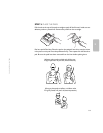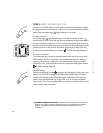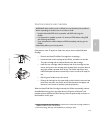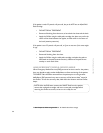
2-3
PHILIPS MEDICAL SYSTEMS
2
6. Place the OnSite in the carry case, pressing it firmly into place. Insert the
Quick Reference Guide,
*
face up, in the clear plastic window on the inside of
the case. If you purchased a spare SMART Pads Cartridge or an Infant/Child
Pads Cartridge, place it in the storage area in the case.
NOTE: Do not store anything in the defibrillator carry case that it is not
designed to accommodate. Store all objects in their intended location in the
case.
7. Store the OnSite in accordance with your site’s emergency response protocol.
Typically, this will be in a high-traffic area that is easy to access, convenient for
checking the Ready light periodically, and easy to hear the alarm chirp if the
battery power gets low or the defibrillator needs attention. Ideally, the OnSite
should be stored near a telephone, so the Emergency Response Team or
Emergency Medical Services can be alerted as fast as possible in the event of a
possible SCA. If possible, keep the spare SMART Pads Cartridge and other
accessories with the defibrillator – in the carry case if one is used – for quick
access when needed. In general, treat the OnSite as you would any piece of
electronic equipment, such as a computer. Be sure to store the defibrillator
according to its specifications. See Appendix E for details. As long as a battery
and a pads cartridge are installed, the green Ready light should be blinking to
show that the HeartStart has passed its most recent self-test and is therefore
ready to use.
NOTE: If you have a training pads cartridge, it is recommended that you
store it separately from the HeartStart, so the training pads cannot be
confused with the regular pads in an emergency.
* The illustration on the cover of the Quick Reference Guide is a 3-step guide to using the
OnSite. Detailed illustrated directions are inside, for reference in an emergency, or if you
are hearing impaired or using the OnSite where it is hard to hear the voice instructions.



